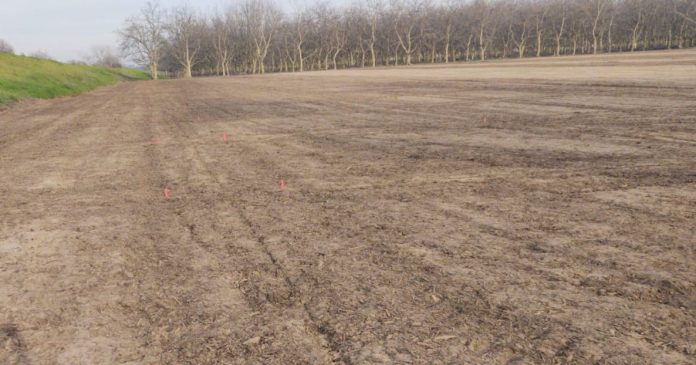
As California braces for another round of storms, let us not forget that just a few weeks ago, drought conditions forced tens of thousands of residents to rely on bottled water, a million Californians lacked safe drinking water and cities and counties across our state implemented water restrictions and fines.
I had an opportunity to study water policy in Australia as they were recovering from one of the worst droughts in recorded history. The Millennium Drought began with minimum rainfall in 1996 and didn’t end until the arrival of La Niña conditions in 2010-11.
In my travels and career in water and natural resources management as well as being a farmer, I learned that it is always best to prepare now since we cannot control Mother Nature. Change will only make our weather conditions more variable, more extreme and more unpredictable.
This year, with the partnership of the California Department of Water Resources, Western United Dairies Foundation, Almond Alliance, Self-Help Enterprises and the Community Alliance with Family Farmers, we introduced LandFlex.
LandFlex is a voluntary and solutions-based program assisting vulnerable communities in solving the groundwater crisis related to drought by protecting domestic wells through preventative fallowing, relieving supply pressures and providing water supply and economic certainty to critically overdrafted basins.
LandFlex will provide $25 million in block grants to Groundwater Sustainability Agencies (GSAs) to grant to farmers who limit agricultural water use. GSAs would work directly with farmers to identify land that would reduce pumping impacts to nearby dry wells. LandFlex will provide financial incentives to small and mid—sized farmers for each enrolled acre.
Farmers are given the flexibility to manage their land through a drought and flood and provide water security for rural communities and to conserve and leave water in the ground to stabilize aquifers. Our farmers can stay in operation and have operating capital on a voluntary and annual basis while supporting our communities and ensuring sustainable working farmland and a secure food supply for the future.
We are blessed with rain today, but we know drought will come again; this is normal for California. When it rains, we should plan for drought. When we’re in a drought, we should plan for rain. Always, we should take care of our communities.
For more information about LandFlex, visit water.ca.gov/landflex.















